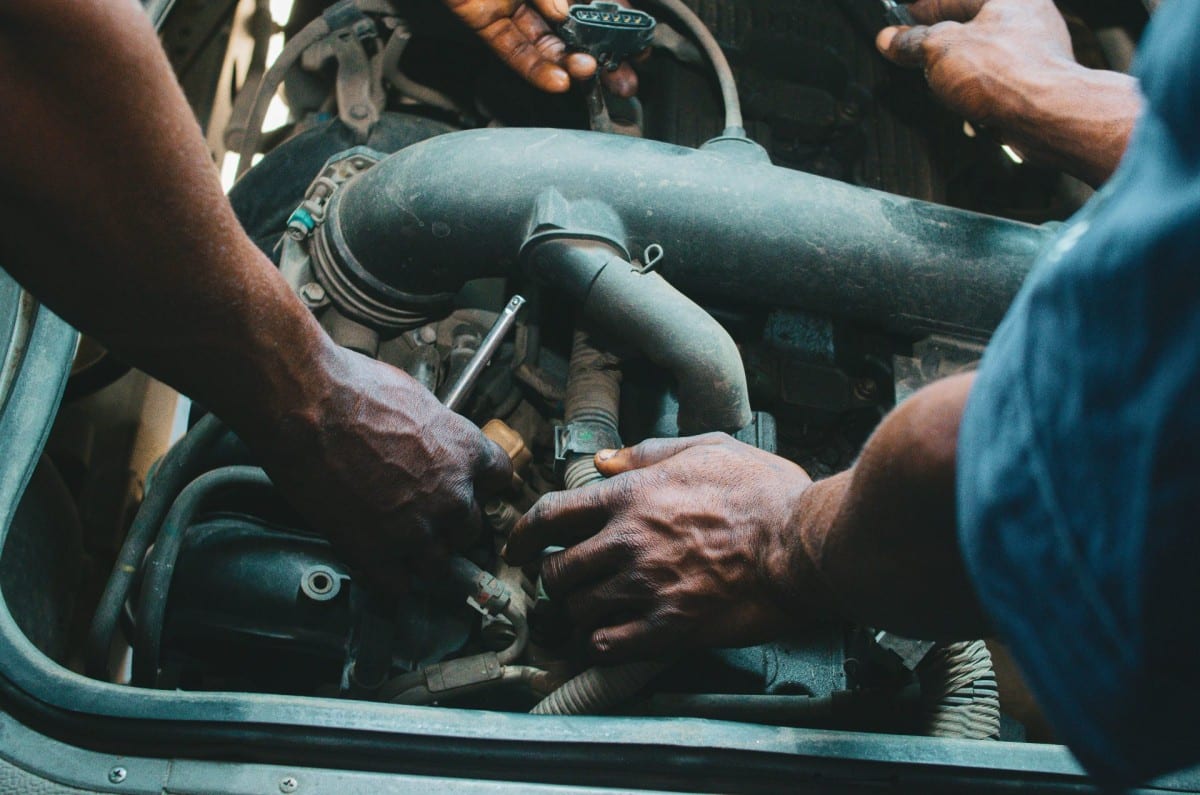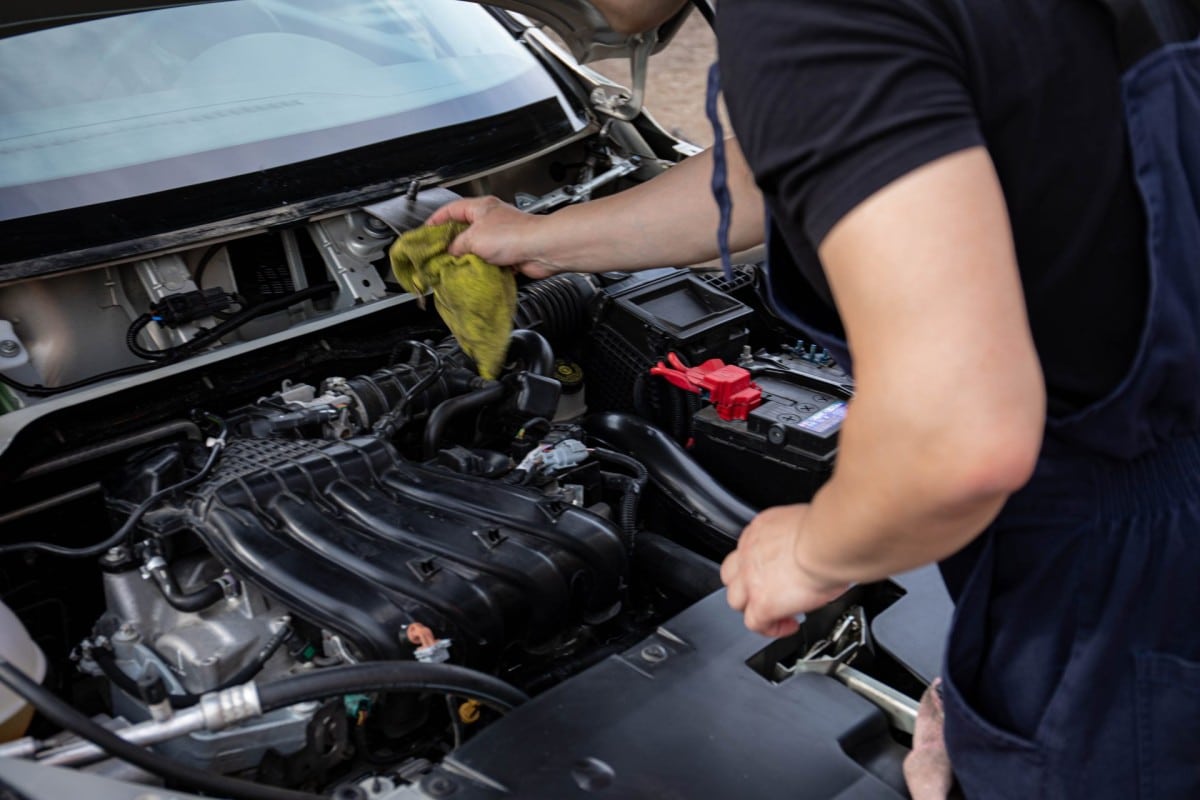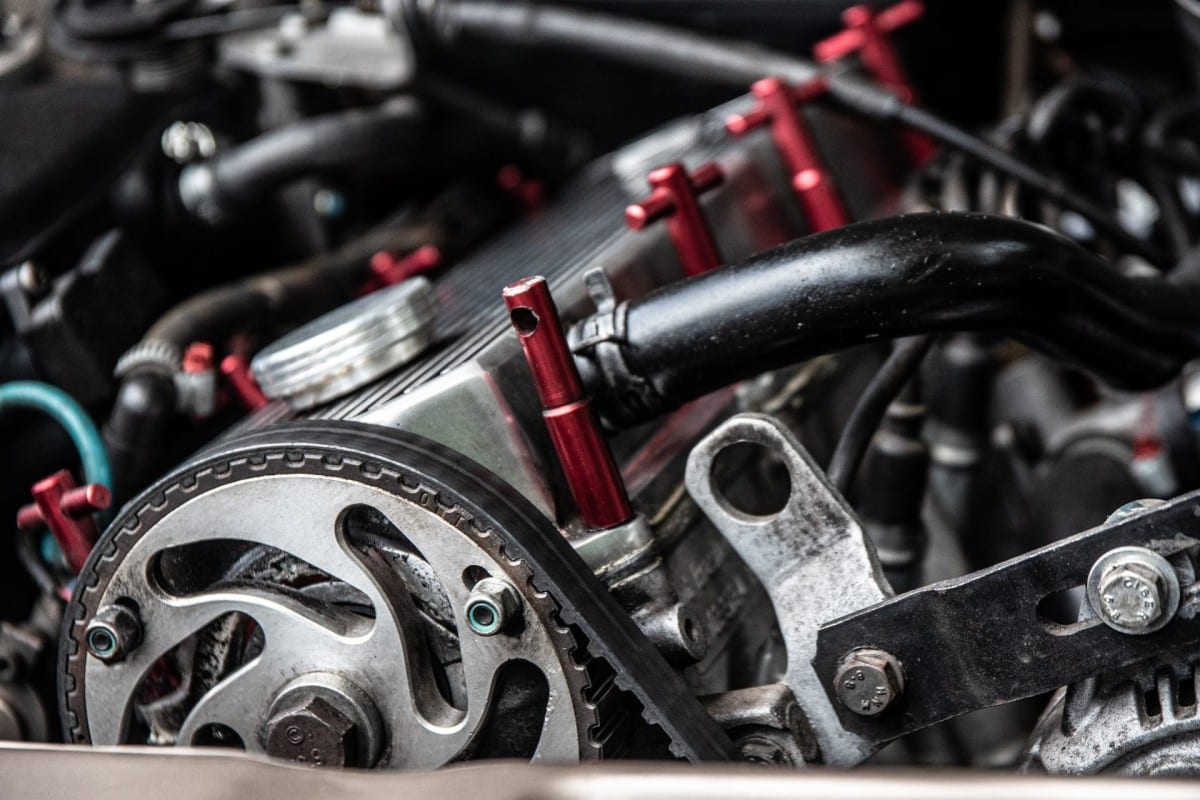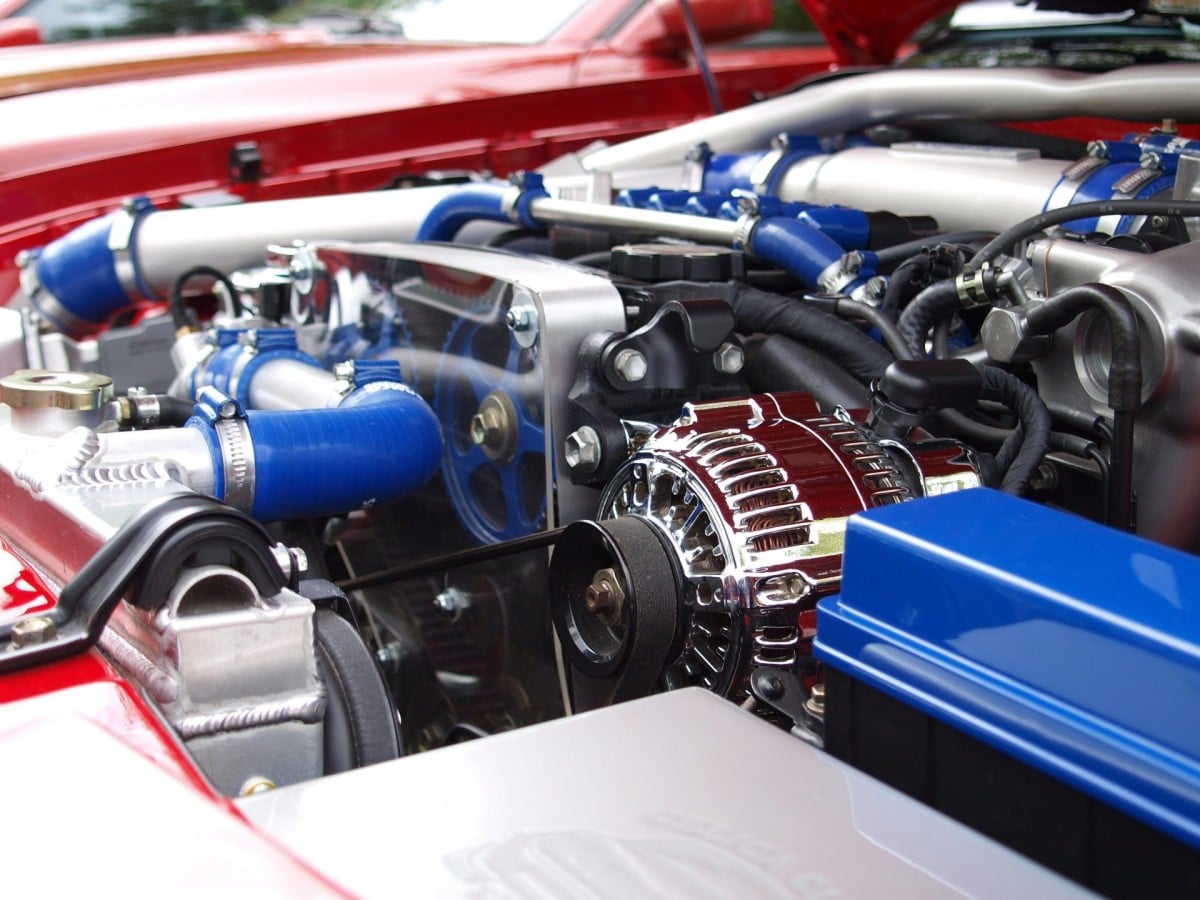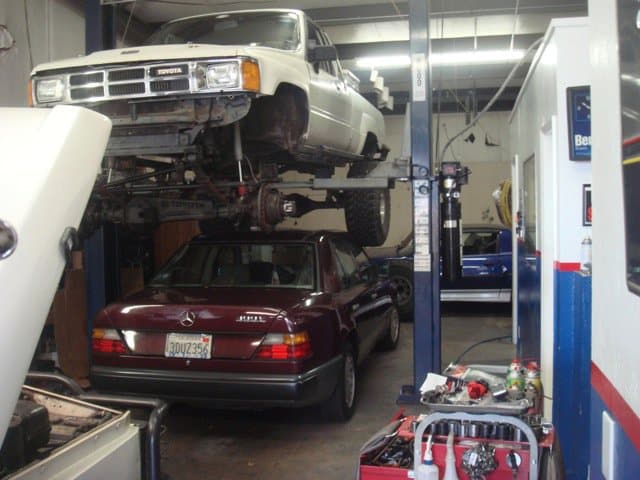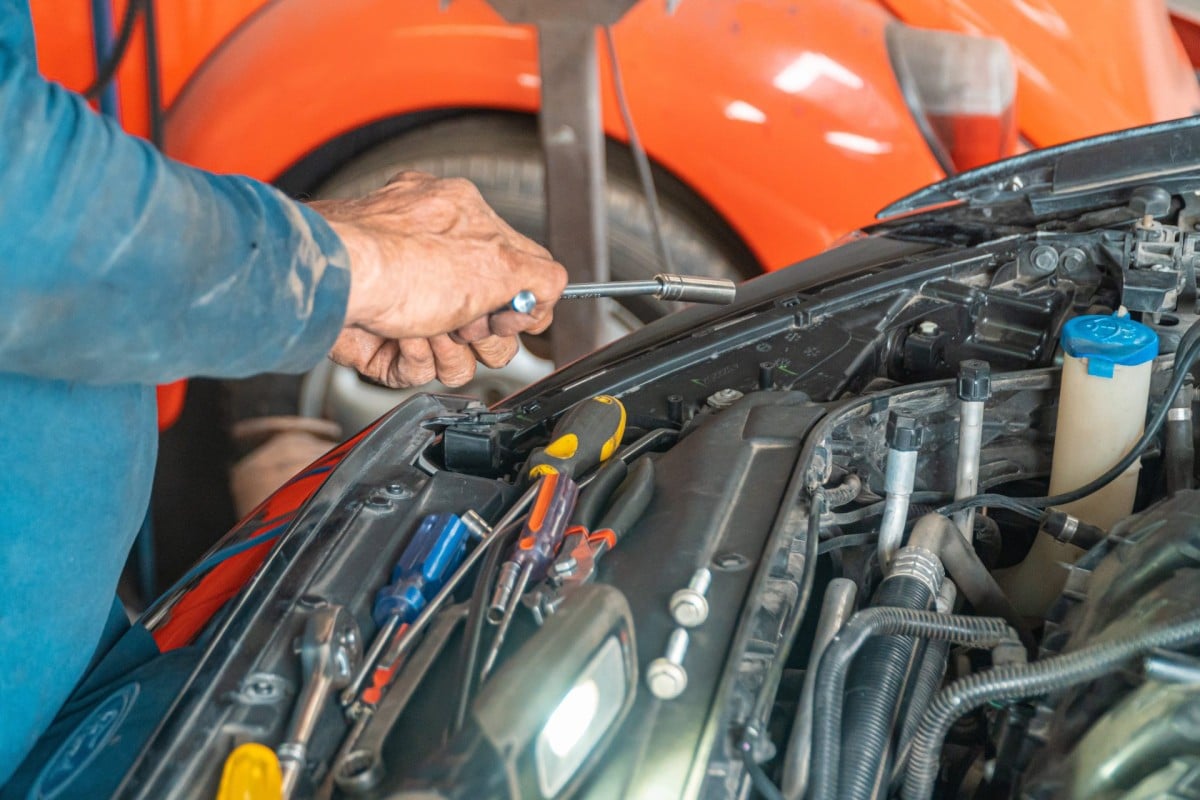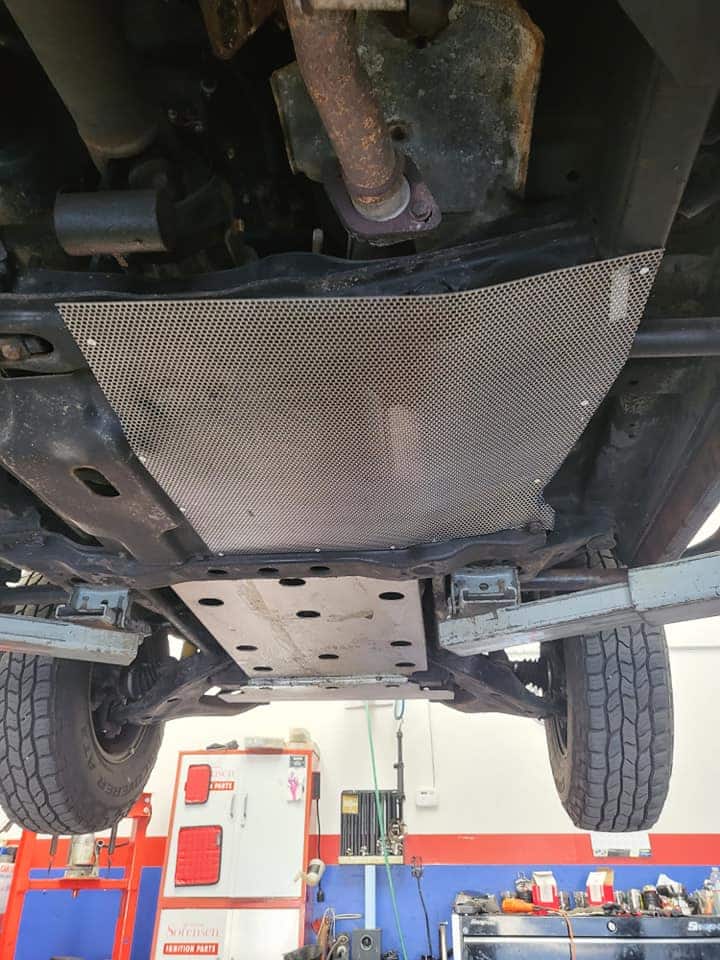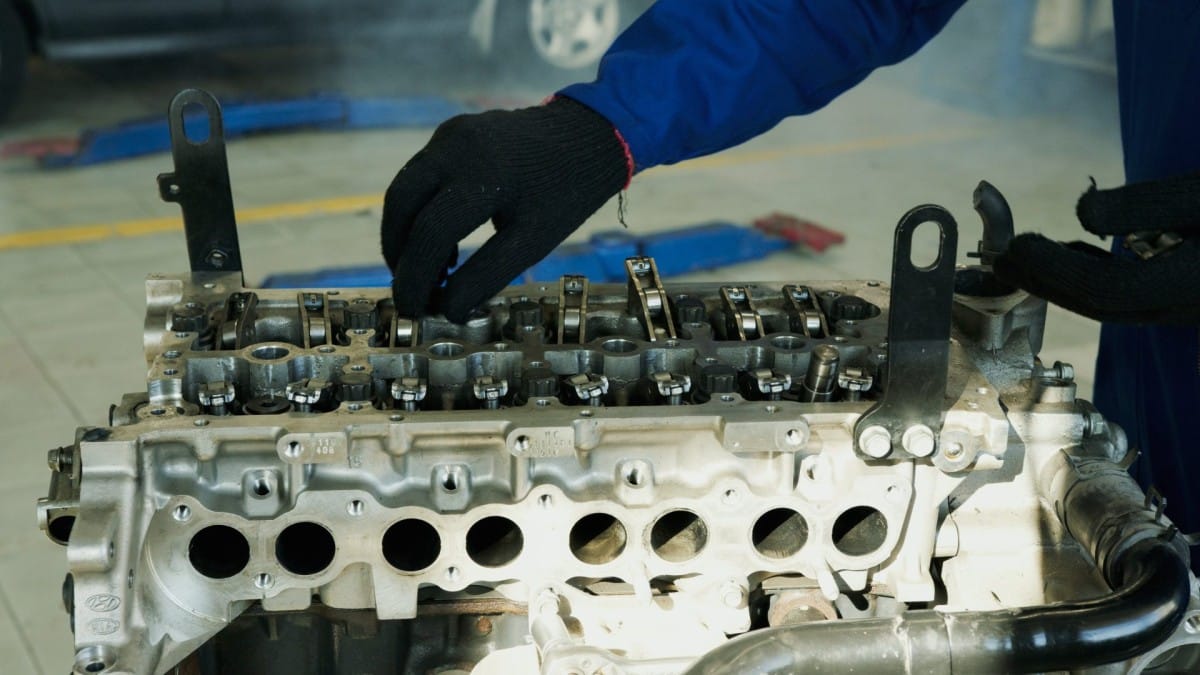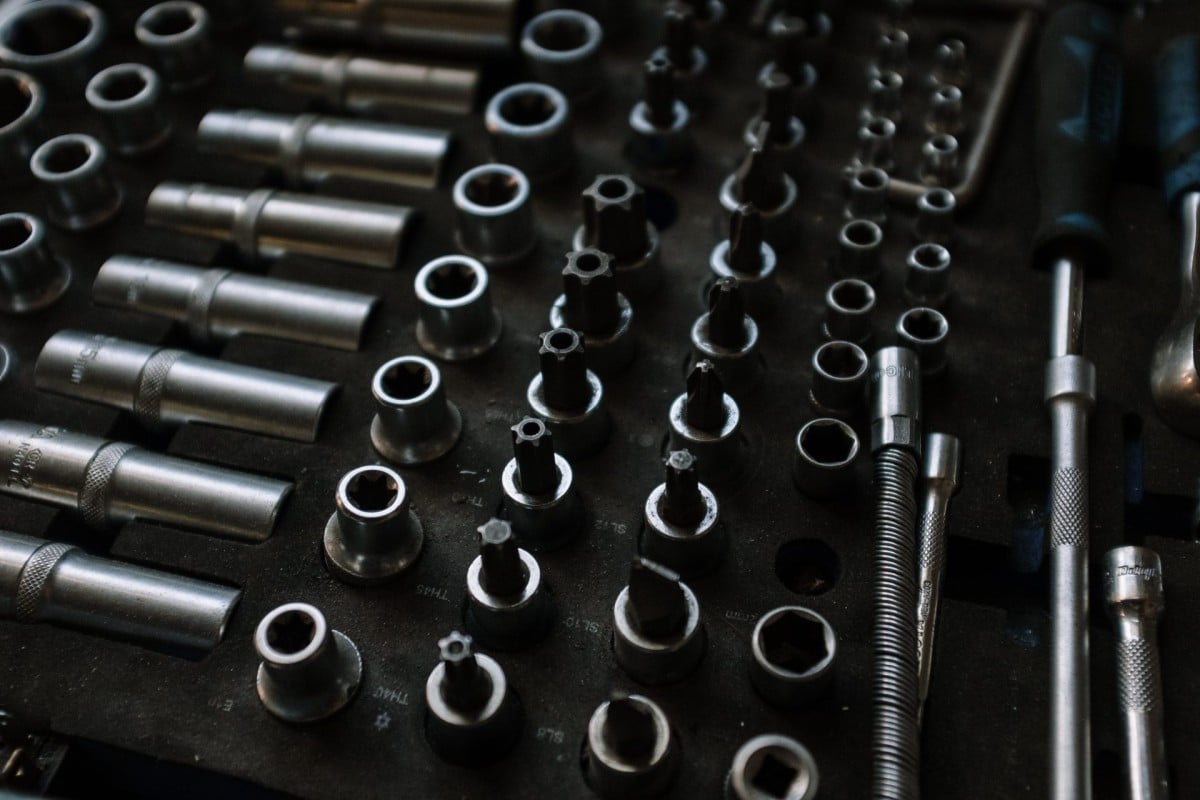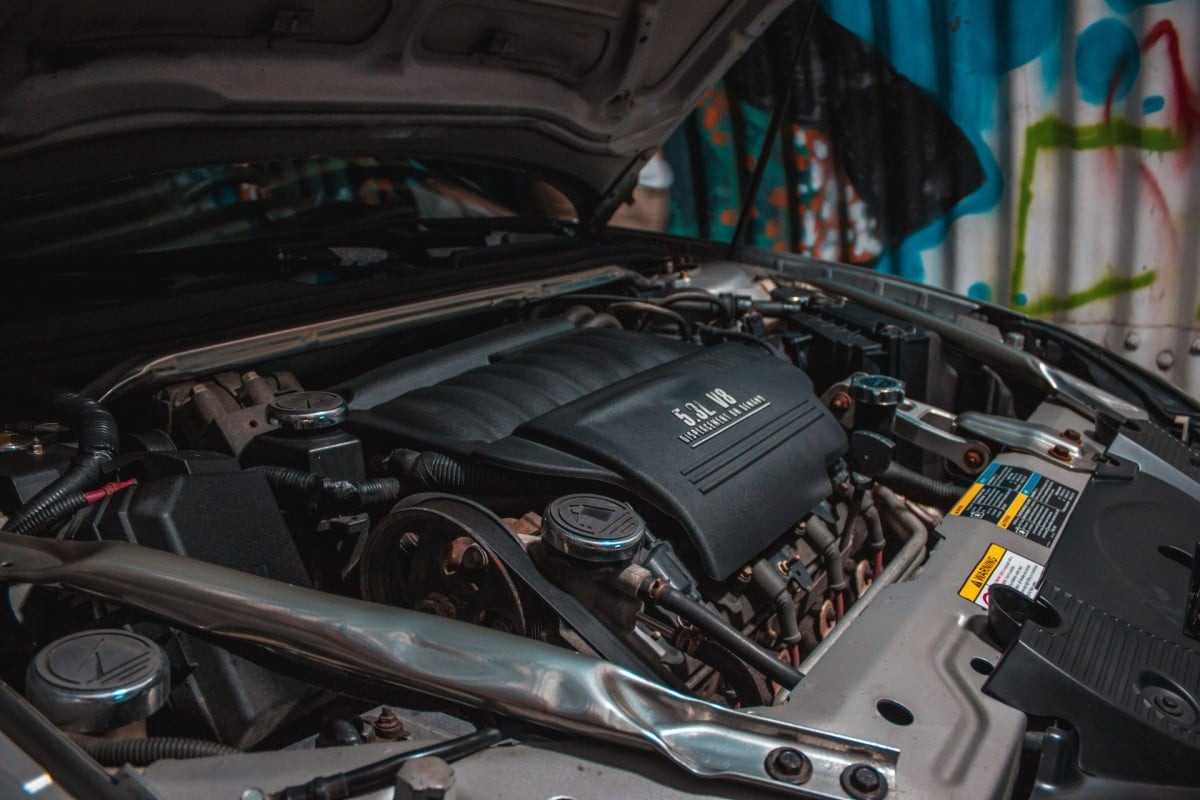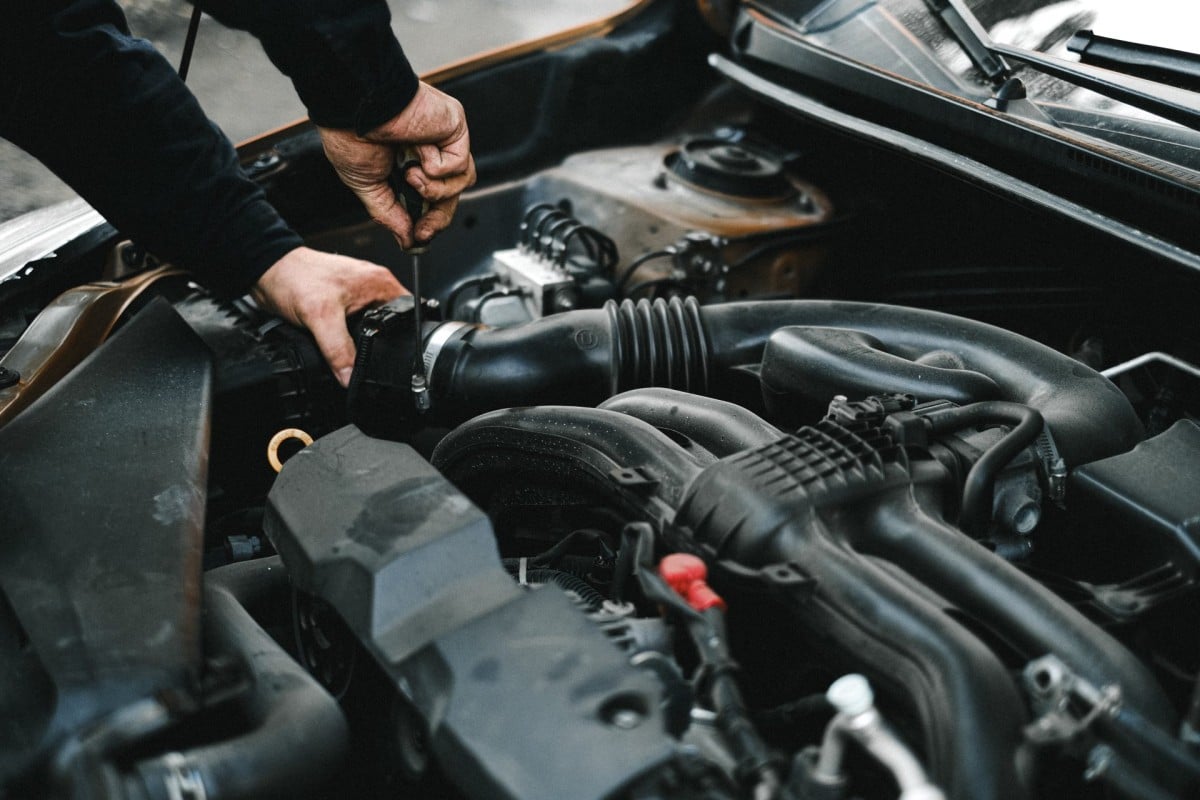In your day-to-day life, do you ever stop to think about the various belts whirring away under your car's hood? More than likely, the answer is a resounding “no.” The truth, however, is that there are several different types of drive belts that can be found in your vehicle's engine bay, each with its own important function. Understanding these belts and how they affect your car's performance is crucial.
The Timing Belt
First up, let's take a look at the timing belt. It's a rubber belt, similar to the ones you might find in a vacuum cleaner or sewing machine. Its main job is to synchronize the rotation of the crankshaft and the camshaft, ensuring that your engine's valves open and close at the correct times.
If this belt fails, it could lead to a catastrophic engine failure. For example, in interference engines, a timing belt failure can cause the pistons and valves to collide, resulting in expensive repairs. Most manufacturers recommend replacing the timing belt every 60,000 to 100,000 miles to avoid such issues.
The Serpentine Belt
Next up, we have the serpentine belt. It's a single, continuous belt that powers multiple devices in your car, including the alternator, power steering pump, air conditioning compressor, and sometimes even the water pump. Without the serpentine belt, your car wouldn't be able to generate electricity, steer easily, or keep the engine cool.
The serpentine belt can last between 50,000 to 100,000 miles, depending on your driving conditions and the quality of the belt. It's always a good idea to get it checked during regular maintenance, as a broken serpentine belt can leave you stranded.
The V-Belt
Last but not least, we have the V-belt, which is also known as the fan belt. It's a bit of a relic these days, as most modern cars use a serpentine belt instead. However, if you have an older or classic car, you may find one or more V-belts under the hood.
Each V-belt powers a single device, such as the alternator, water pump, or power steering pump. As with the other belts, regular inspections and replacements are crucial to keep your car running smoothly.
Why Belt Maintenance Matters
Now that you're familiar with the different types of belts in your car, you might be wondering why it's so important to maintain them. Well, think of these belts as the lifelines of your car. Without them, vital systems like the engine, alternator, and air conditioning would cease to function.
Moreover, ignoring worn-out belts can lead to costly repairs down the line. A broken timing belt, for example, could cause extensive engine damage that costs thousands to fix. Hence, preventative maintenance is always the best approach when it comes to drive belts.
Where to Get Your Belts Checked
If you live in the Santa Rosa, CA area, including all of Sonoma County and the Larkfield-Wikiup Area, getting your belts inspected and replaced is as easy as driving your car to Sartorial Auto Repairs. Our team of experienced technicians can provide a thorough inspection of your belts, ensuring they're in good shape and replaced if necessary.
Remember, when it comes to drive belts, an ounce of prevention is worth a pound of cure. Not only can regular belt maintenance save you money, but it can also keep you safe on the road. So, don't wait until it's too late – drive to Sartorial Auto Repairs today and let our experts take care of your car.


